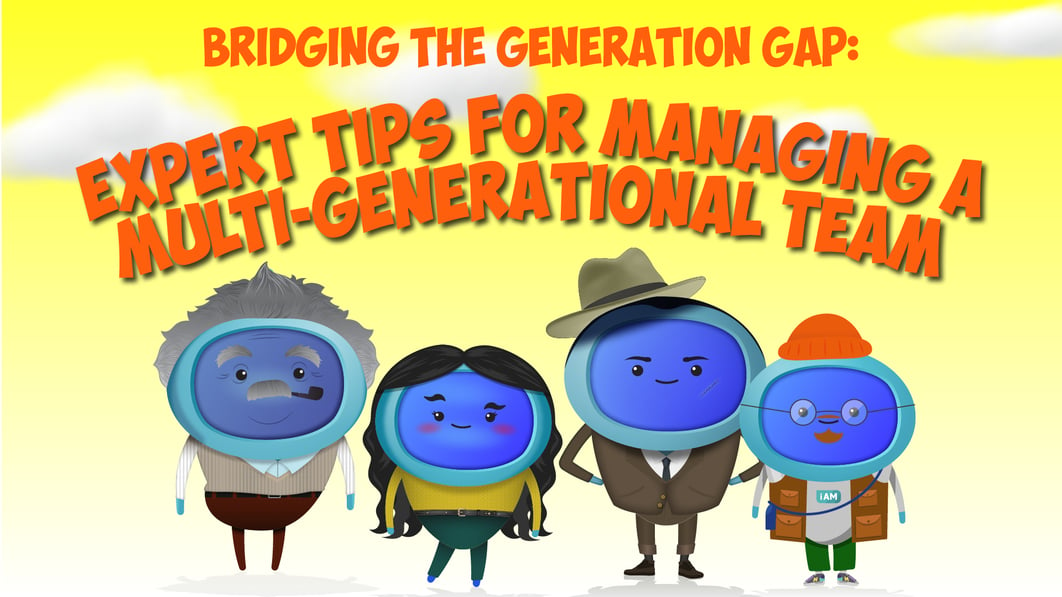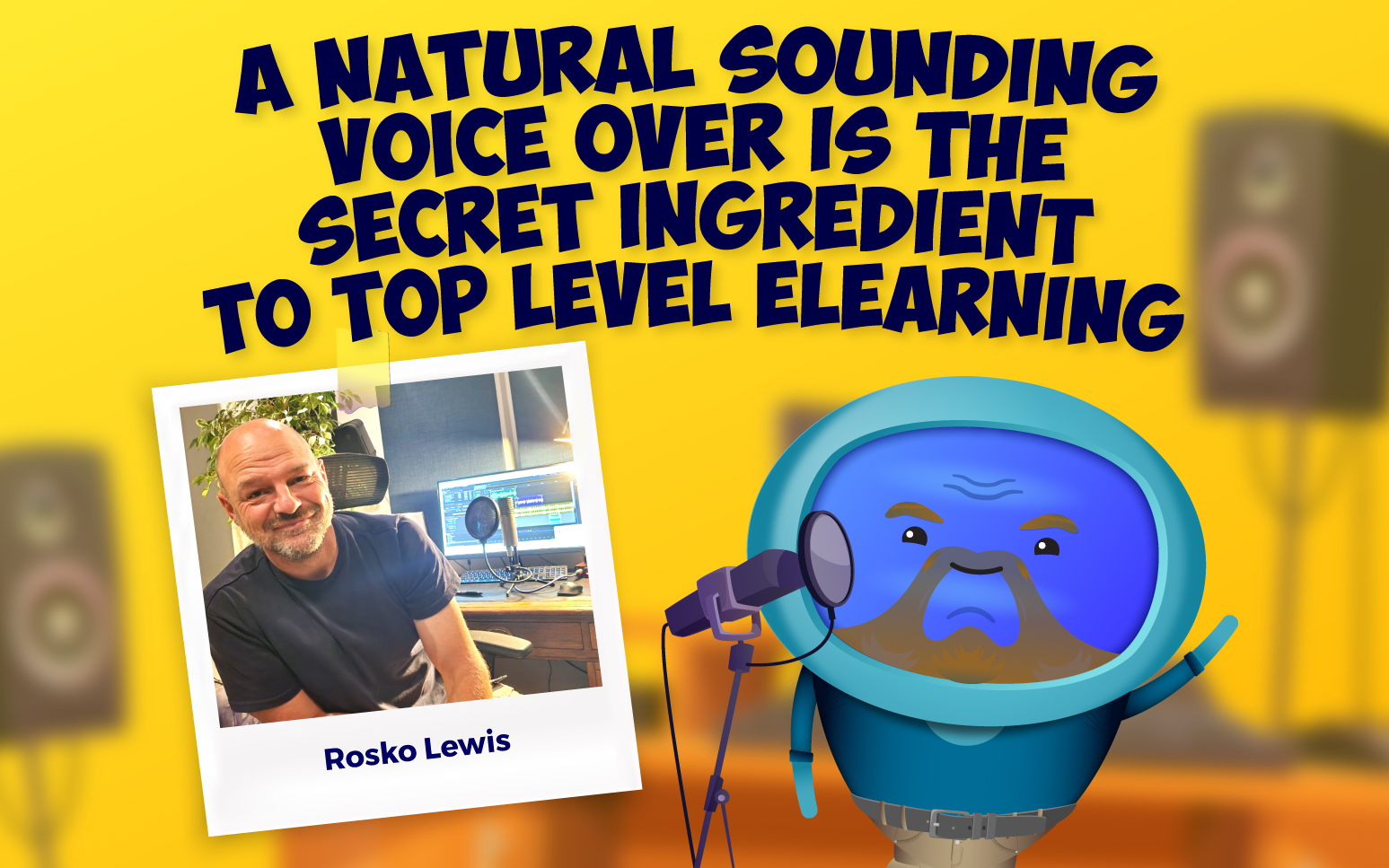
I’m Gen Y, also known as a millennial. What does this tell you about working with me? According to this MindTools article, I might be perceived as, ‘selfish, undisciplined and needy.’ Ouch. But let’s not forget my tendency towards optimism, enthusiasm and confidence. Good to know.
Or is it?
There’s a huge volume of online content discussing the stereotypes, shortcomings and strengths across the five generations in today’s workforce. A surprising amount of them talk in absolutes. Depending on our year of birth, we’re digitally illiterate or digital nomads. We’re resilient or riddled with anxiety. We trust in the meritocracy of an organisation to reward us, or we assertively demand progress in our careers.
And whilst I do see the immense value in understanding context, in developing awareness of the range of experience and influence impacting all of us, surely, we’ve moved beyond assumption and pigeon-holing at this point in the diversity conversation?
The approach required to bridge the generation gap does not sit outside of other approaches which seek to unite and celebrate differences. They’re part of our larger quest – how do we create and sustain equitable, inclusive workplaces where everyone belongs and thrives?
Reliable data is always valuable. And many reputable sources speak to note-worthy contrasts between generational experience and expectation. Gallup, (for example), recently reported. ‘younger workers progressively feel more detached from their organizations and managers.’ In 2022, RocheMartin reported that for 63% of Gen Z, conditions, salary and earnings were less important than their values syncing with the organisation and its culture.
So, what do we do with all of this information? With the struggle between acknowledging diversity whilst at the same time enabling an environment where it only exists as a positive? Here are a few strategies to inform your practice.
Don’t make it a problem
If you assume everyone sits neatly in their generational box and start tailoring your behaviour and initiatives to these assumptions, you might end up exacerbating division and straining relationships. Understanding the possible intersectional factors at play can help to pre-empt issues and fuel empathy, but generational context is a source of information to be treated lightly – it’s reductive, unreliable and not enough information by far.
Everyone is complex and unique – listen, ask questions, and seek an understanding of where people are coming from and what they need. Spending quality time with people in your team and organisation is the best place to start.
At a broader level, engagement surveys, exit interviews and employee relation data (and beyond) will contribute to the story of what’s specifically happening in your workplace. Feedback channels are vital – open-ended questions and making room for anonymous responses can be a continuous temperature check. Opportunities for people to speak up safely, share challenges and get support, reveal the true underbelly.
Seize the opportunity
A learning culture stems from collaboration, knowledge-sharing and psychological safety. It’s not as simple as introducing a Baby Boomer with a Gen Alpha for reverse mentoring (where a younger and/or more junior person mentors an older and/or more senior person), and simply leaving them to it. Building an ecosystem where individuals beneficially connect regardless of identity, experience, and role, travels beyond good intentions and tick boxes, and requires informed guardrails.
Take the Mental Health First Aider schemes which have recently come under fire for being underinvested in and ineffective (or worse – damaging), demonstrating how vital it is to get the basics right. Small, considered steps or experiments are wiser than aspirational leaps which lack crucial scaffolding.
Instead of focusing on difference, shift the focus to common ground. This could be personal values, team and business objectives, ideas for change, social interests, or as simple as one person holding the knowledge that another wants to gain. Leverage these moments of connection by creating space for them (cross-teamworking, networking, lunch and learns etc.) and recognising and rewarding them (performance reviews, feedback, case studies etc.). Don’t forget fundamental human needs – things like respect, appreciation and to be heard.
Meet learners where they are
This is what blended learning was introduced to answer – the range of different needs and preferences at play. When solution design takes all of Clive Shepherd’s three lenses (learners, learning and logistics) into account – you set that solution up for success. Be it delivering to a range of generations or across any other aspect of diversity, one size rarely fits all. Starting from experiences, fears, communication style, digital literacy, bias, goals etc. enables you to craft something tailored to your audience.
If gaining that understanding or the ability to deliver something aligned to it isn’t feasible for any reason, then the vital puzzle piece is motivation. Dr Martyn Newman talks about using ‘levers of inspiration’ when it comes to engaging people. When we understand their drivers and can connect them to something timely, relevant and meaningful, that’s truly powerful stuff.
Don’t start from cookie-cutter generational divides, start from the end state and fit-for-purpose design. What are you trying to achieve or change? What’s not working, or getting in the way, and why? Bring people along for the journey instead of pulling them in at the end and hoping it resonates.
Think bigger than L&D
Can you map what people need to learn to experts who can teach it? Do your organisational structure and talent succession plan make it easy for career side steps, diagonal moves and shadowing? Can everyone get involved in a rich array of projects and conversations or are there barriers?
Yes, this stuff might surpass L&D in your business – but structure and culture matter when you’re talking about truly embracing diversity at work. Raising awareness of the multi-generational workforce isn’t much help to anyone without an environment which champions and enables inclusion and collaboration.
How do you bridge the gap between generations? By partnering across your business to nurture psychologically safe environments, challenge ageism, illuminate unconscious bias and seek feedback. You might discover that the current infrastructure, from the existing hierarchy to your recruitment practices, isn’t inclusive and doesn’t drive equity. As is so often the case, getting these things right goes way beyond an L&D intervention – it needs to be marrow-deep.
Want to know more?
If you want to know more about our online learning, why not check out our unique, engaging eLearning content, covering everything from leadership and people management to health & safety and compliance! If you want to see the huge variety of our online training content, please get in touch with us, or Try iAM Learning for yourself - get started today!




.png)
